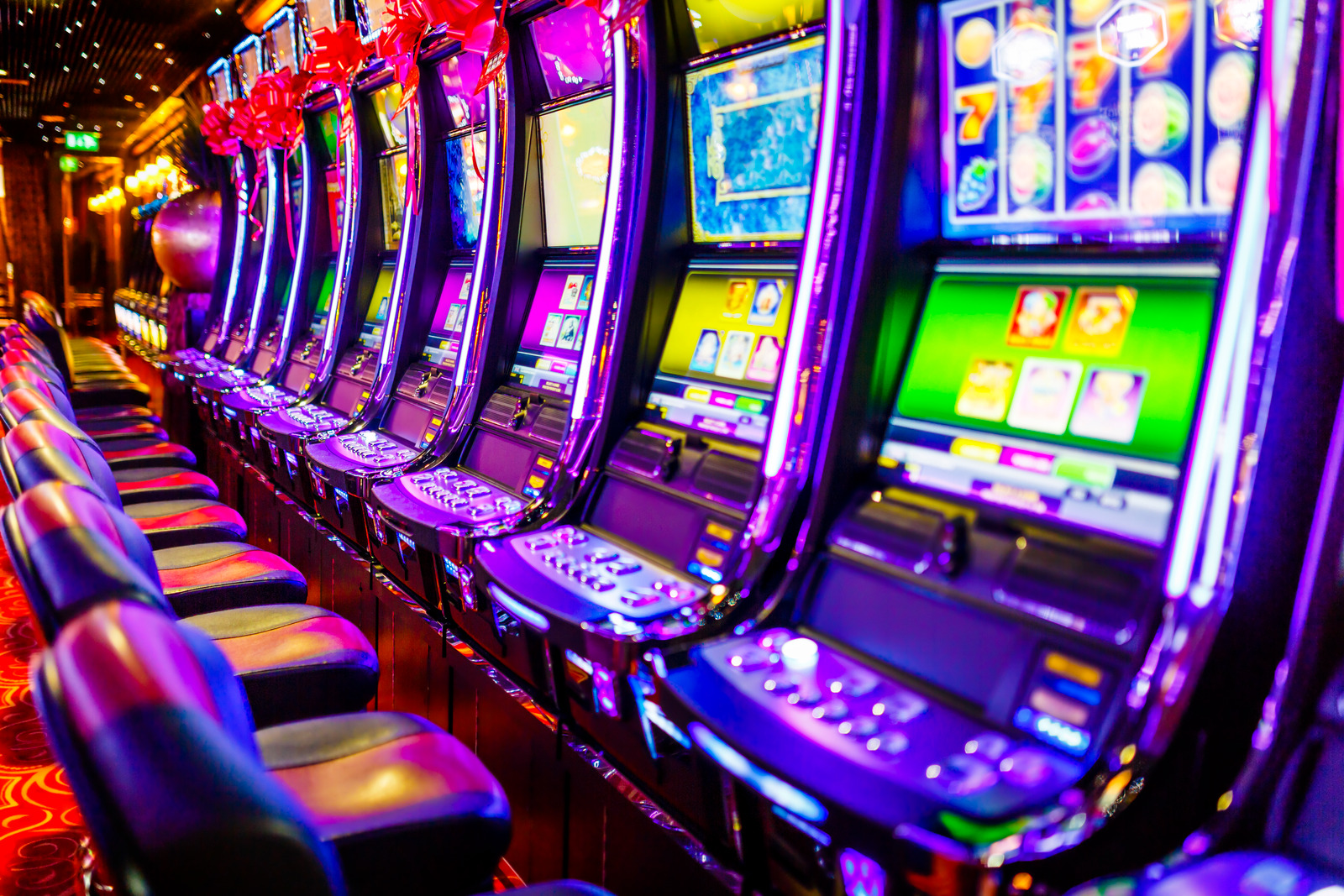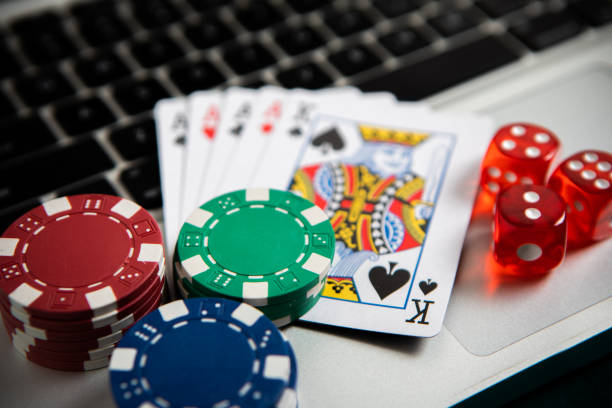
Astute online casino gamblers are usually aware of what they are facing in terms of risk when they play their favorite online casino games. Determining risk is easy for online table game players in games like Blackjack, Roulette, Craps, and Baccarat. It’s easy because each table game is played against set odds per possible outcome for the game. The same cannot be said for slots.
When it comes to video slots, the odds per possible outcome are infinitely more difficult to figure out. Instead, the “odds” for each video slot are stated in terms of a “Return to Player” (RTP) percentage. Since online slots are heavily favored by the majority of gamblers, a discussion about the RTP percentage seems in order.
What is the Return to Player (RTP) Percentage?
The RTP percentage represents the amount of every dollar wagered on a particular slot that will be returned to players over the life of the game. To be clear, a game’s stated RTP percentage has nothing to do with how often players can expect a payout. That’s a total misnomer that does little other than to confuse slot players. The RTP percentage relates solely to the return of money.
Let’s use a theoretical example to better explain the RTP percentage concept.
Player A decides to play a popular slot from Netent. The slot has a posted RTP percentage of 96%. That means that for every $1 a player wagers on the slot, they can expect to get 96% or $.96 of that $1 back in payouts.
Keep in mind, this example is not literal. It’s just theoretical. The reality is the RTP percentage will not prove out over a short playing session. It will usually take a long period of time up to weeks, months, or even years. As such, many online casinos will offer a no-deposit bonus to entice new players towards playing a particular slot game.
How Online Casino Players Should Interpret an RTP Percentage
From a practical standpoint, online casino players should use a slot’s stated RTP percentage in two ways. First, they should use it to compare the risk that exists from one slot to the next. From a financial risk perspective, a slot with a 97% RTP percentage offers less risk and better returns than a slot with a 96% RTP percentage.
Second, they should use it to determine the extent of the house’s edge on the slot in question. This matters because online casino operators tend to advertise and promote slots that have lower RTP percentages. It’s incumbent on online casino slot players to note what operators are trying to do, choosing instead to play slots with higher RTP percentages.
How RTP Percentages are Calculated
Since savvy slot players are sensitive about the risks they have to take, their understanding of how RTP percentages are determined is desirable. Said percentages are determined as follows.
Before an online slot can be released to the community, the game must be audited/tested by a licensed online gambling software auditing firm. The big boys in this space are TST Labs and eCOGRA.
When these firms audit a slot, they are looking to confirm two pieces of information. First, they are looking to determine that the slot in question is providing random outcomes. It’s noteworthy that all online video slots are programmed with an embedded “random number generator” that ensures no outcomes can be predetermined.
Second, they are looking to establish the slot’s RTP percentage. They do this by running millions of iterations via a computer program over several hours. The program considers each outcome, how often it occurs, and the payout when it occurs. At the end of the auditing process, an RTP percentage gets assigned.
Which Online Video Slots Should You Play if Return Matters?
As a regular online casino slot player, it’s quite possible that you have certain slots that you enjoy playing more than others. If playing online slots is more about passing time and having fun than consistently making money, there is nothing wrong with you playing your favorite slots. It should be fun above all else.
If you have a reasonable expectation of winning money, your focus should start with a slot’s RTP percentage. Generally, most slots carry RTP percentages that fall between 94% and 97%. It’s noteworthy that progressive slots rate lower, typically between 85% and 88%. This is due to the infrequency with which progressive jackpots get paid.
Which video slots should you play if your return matters? At this point, it should be clear that preference should be given to slots with higher RTP percentages. If two video slots have the same RTP percentage, that is when you can focus on the video slot that offers the more enjoyable experience.
Published by HOLR Magazine.


